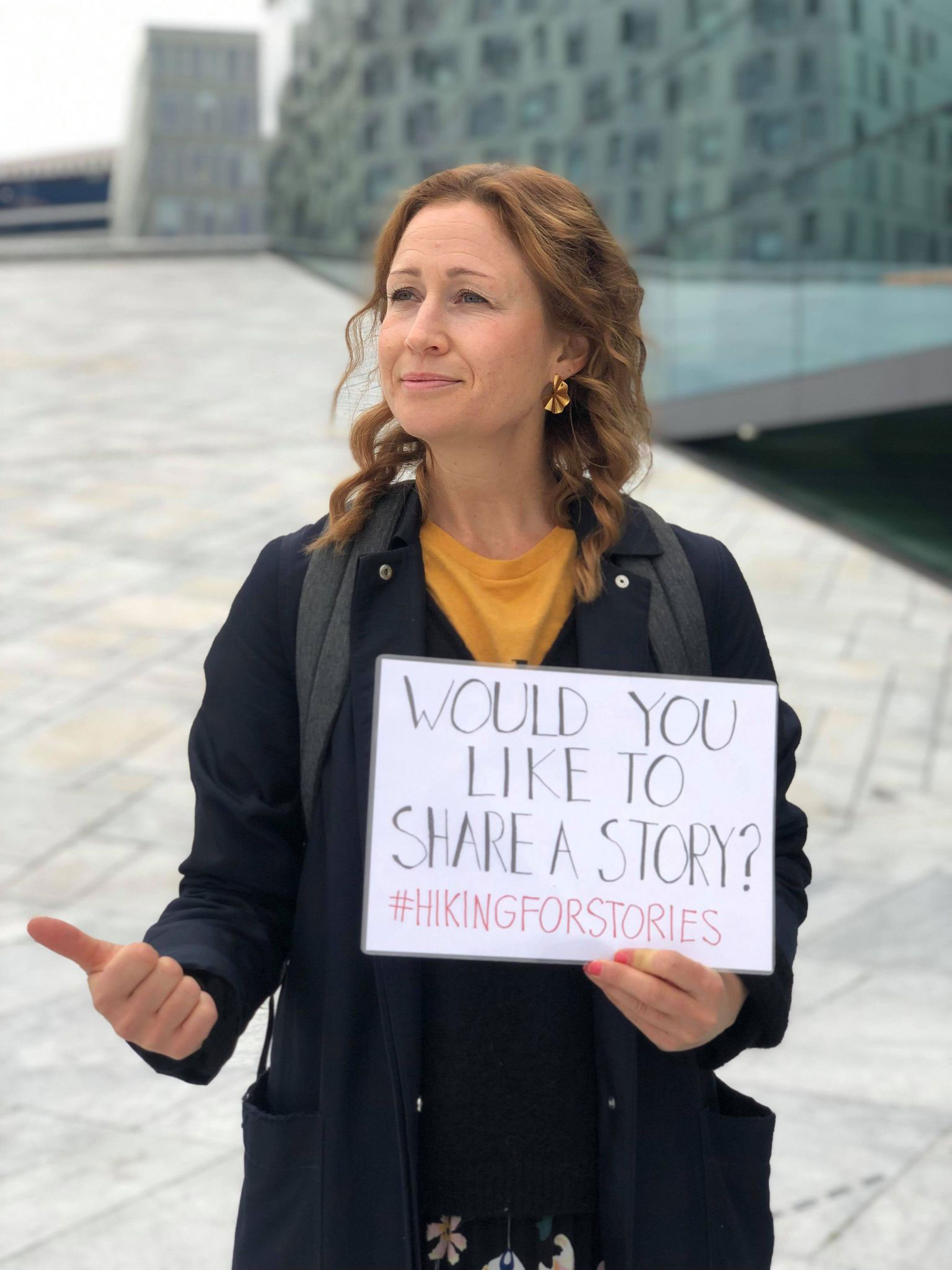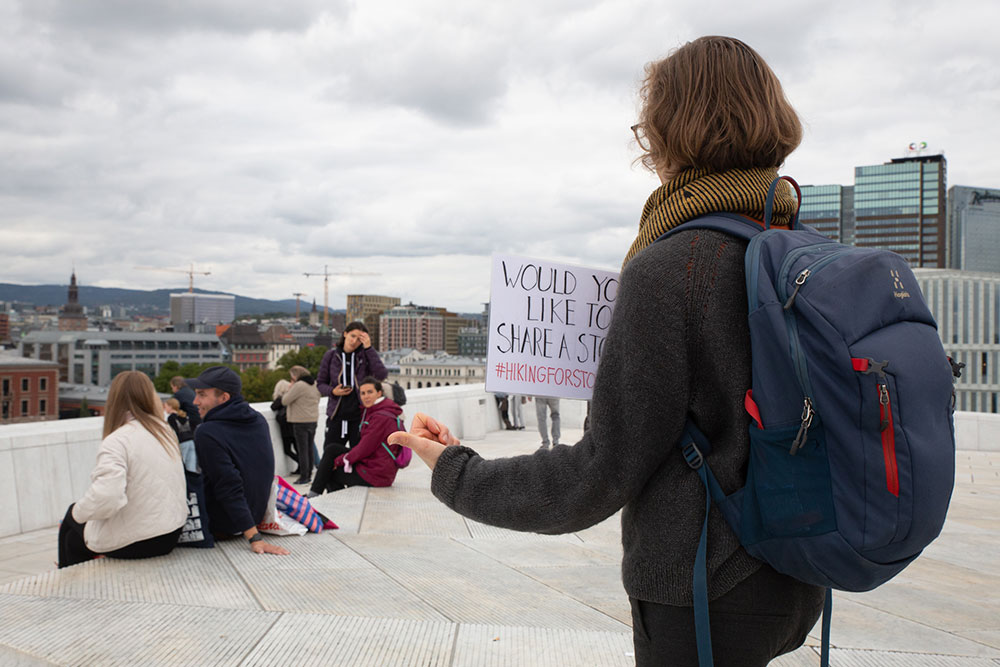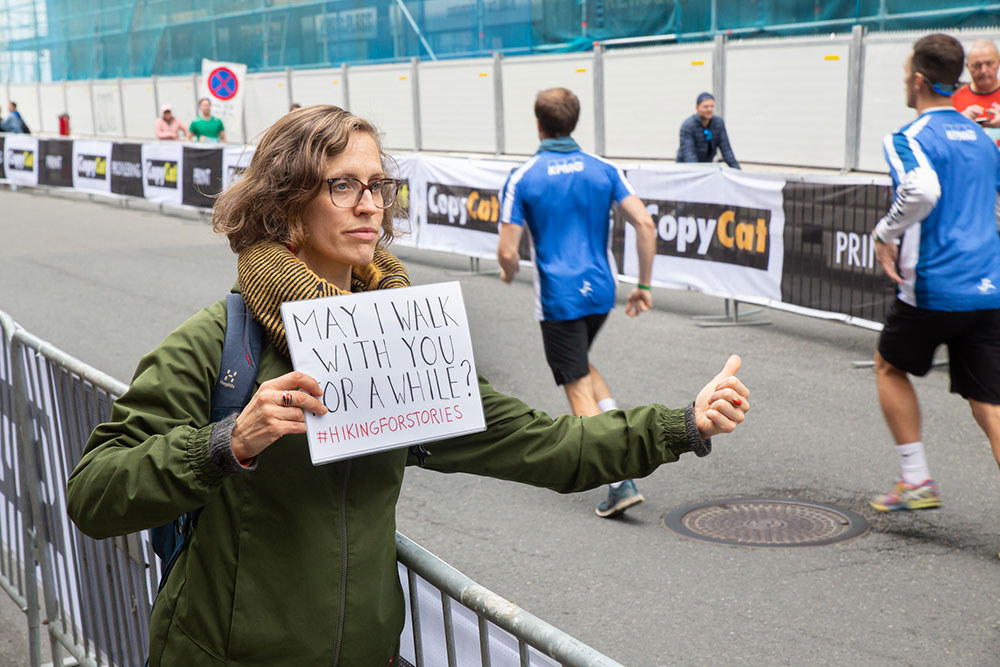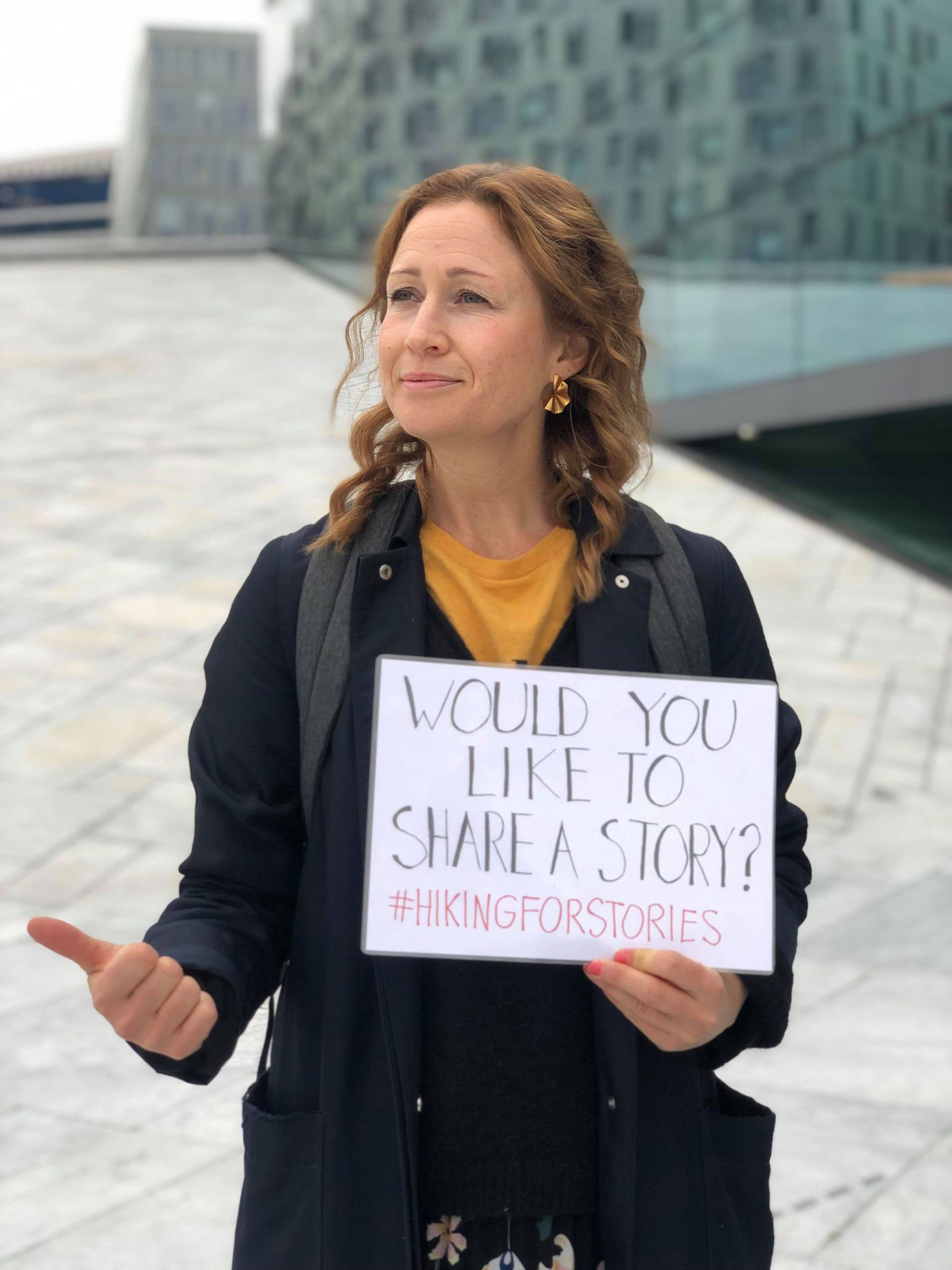Oral Storytelling
Oral storytelling is one of humanity’s earliest artforms, central to every culture and society. By telling stories, we explain how we perceive the world and place ourselves within it. Through stories we process hard experiences in life; with stories we share joy and love with the people we care about. With stories, we create a sense of belonging within a society, we build our identity as individuals and as a part of different groups and communities. With stories we pass our cultural knowledge to the next generation. To tell stories is to be human.
However, in our contemporary society and the western culture at large, the art of oral storytelling has been in a sense withheld from the public sphere of cultural action as it has yielded its space for other forms of culture. Particularly this course of action is true when we look at the situation of institutionalised arts. In our society, oral storytelling as an art form is indeed very marginal in comparison to music and films, for example. Still, from the storyteller’s point of view, things are not necessarily as bad as they may seem. In fact, we can actually locate a cultural shift in the 1980s when oral storytelling as an art form celebrated a revival in many European countries. The genre has grown ever since, and today there are increasing numbers of professional oral storytellers in countries across Europe. Also, the collaborative network of storytelling artists is getting stronger every day. This project at hand can be seen as an integral part of this cultural revival.
Storytelling as a social tool and an artistic practice
The storytelling practice can be divided into three domains: (1.) Storytelling as a pedagogical and social tool, (2.) storytelling as an act that preserves, visualises and conveys cultural inheritage, and (3.) storytelling as a performing art. The project at hand highlights all of these aspects.
When a person tells a story from one’s life, it is important to acknowledge that what is been given to the listener is not just a piece of the storyteller’s experience and expression, but also a piece of our collective contemporary history. The micro level of personal stories, such as the quotidian episodes of everyday life or the intimate, profound thoughts of oneself and life are always intertwined with the macro level of culture, the structural level of politics and power relations, as well as with the historical events and situations such as wars or the current immigration crisis for example. In other words, personal life stories are deeply connected to the contemporary history and to the environment we live in.
In this line of thinking, the aim of our project is to develop and foster the skills and sensibilities as listeners and storytellers to be able to hear the intertwined realities encompassing the stories. Some of the main research questions to investigate through this project include: How can we build trust and create a setting where people can feel safe to share their stories? How can we inspire the passenger to share meaningful stories? Finally, how can we enable the experiential truths of existence of these profoundly human stories to unfold?












Keep In Touch